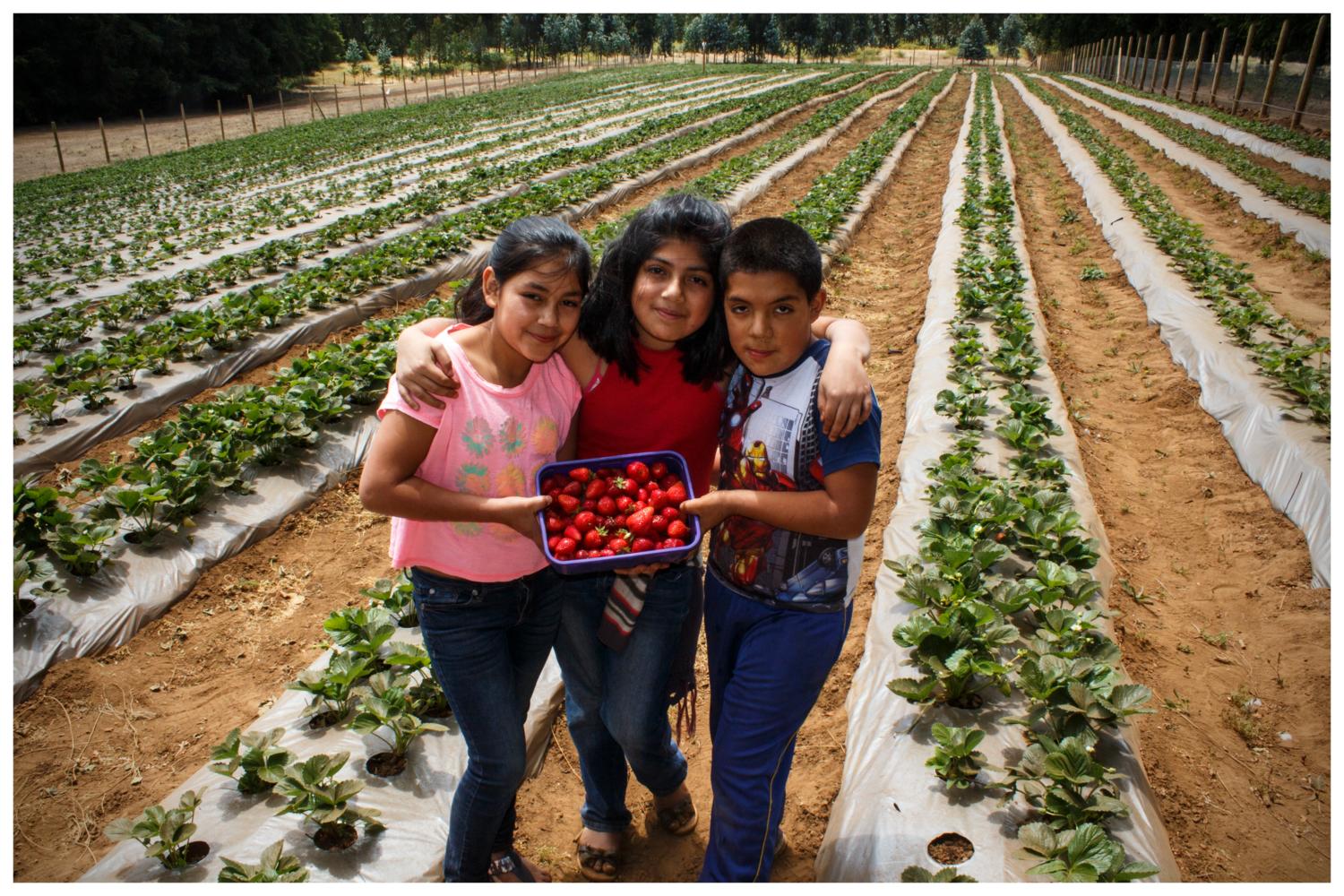CMPC: Reducing Local Conflict by Leveraging Available Resources through CMPC's Projects

Every year, CMPC classifies the communities near its operations based on the expected expanse of harvest area and the conflict risk level in the communities. Indicators such as poverty, conflict, and community relations are used to assess the communities. CMPC identified Huapitrío as particularly vulnerable, and conflicts with the community were fairly common. A needs assessment revealed that a significant root cause of conflicts was economic insecurity. The community consisted of many subsistence farmers who owned small plots of land (1 hectare or less), which made the planting of pine and eucalyptus economically non-viable. There was high unemployment, and many family members left their families for 2-3 months in the year to find work in the agriculture sector in other parts of the country. According to national statistics, more than 40% of the population was living in poverty compared to 22% nationally
The Berries Project offers a way to strengthen economic security and social capital in communities. Some of the key business drivers for the Project and associated valuation included:
- Generating and maintaining a harmonious environment that benefits communities and CMPC employees
- Reducing conflict and strengthening relations with the communities where CMPC operates
- Improving relationships with local leaders and local government
- Strengthening the economic independence of local communities vis-à-vis CMPC
- Generating employment and increasing the income generated by local communities
- Taking advantage of a prior restriction: small plots of land
- Improving water use efficiency
- Valuing and protecting natural resources.
- No
- Project
- Monetary
- Qualitative
- Quantitative
- NORTH, CENTRAL AND SOUTH AMERICA
- Access to land and culture
- Employment & remuneration
- Labor relations
- Law & order
- Personal security in the workplace & community
- Direct operations
- Forest and Paper products
Key findings
There are a number of important lessons from the Project that are being applied to business decisions in the community and company:
- It is important to address the right problem: The Project revealed how important it is to understand and address the root cause of conflict, which in this case was poverty and economic insecurity.
- Long-term view on the return on investment: While the initial investment in the Berries Project may be higher than some other CMPC community programs, the pay offs for the community and company are expected to be much greater in the long-term.
- Leveraging company expertise: The Project offered an opportunity for the company to apply its know-how and expertise in agriculture, irrigation and land management to a different context.
- Engagement with government bodies: The company also learned more about the most effective ways to work with government bodies. At the same time, it is important to take the time to speak with stakeholders one-on-one so that they see the company as a partner rather than just a corporate entity.
- Working with communities: It is also important to work directly with communities rather than intermediary stakeholders. Although CMPC has good relations with local government and administration, it still faced significant conflict on the ground in communities. The company realized that many municipalities didn’t understand the different community perspectives, especially with regards to indigenous communities and land.
